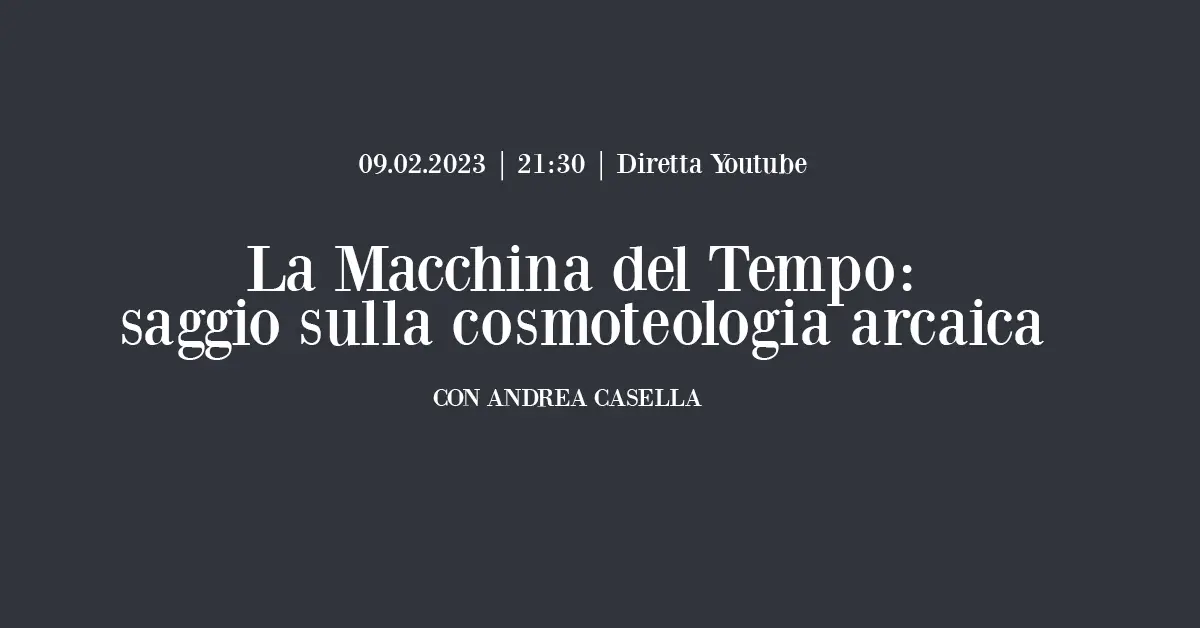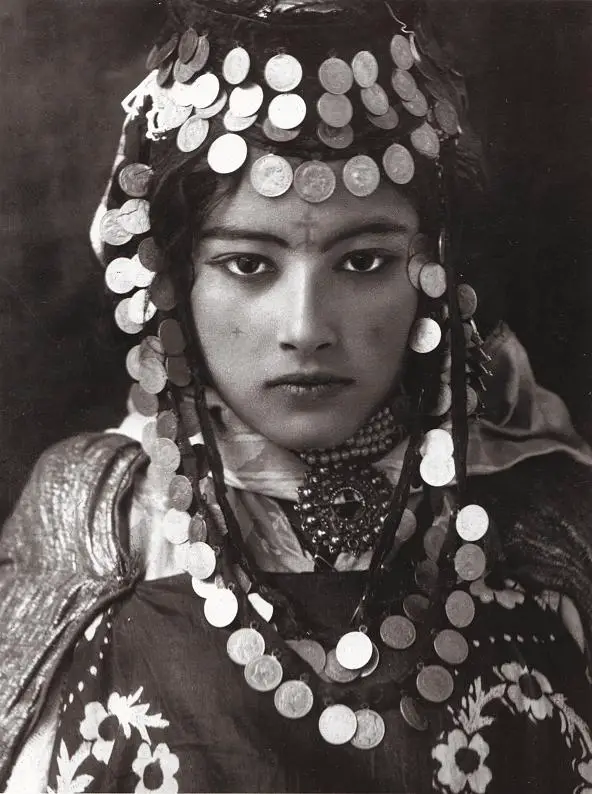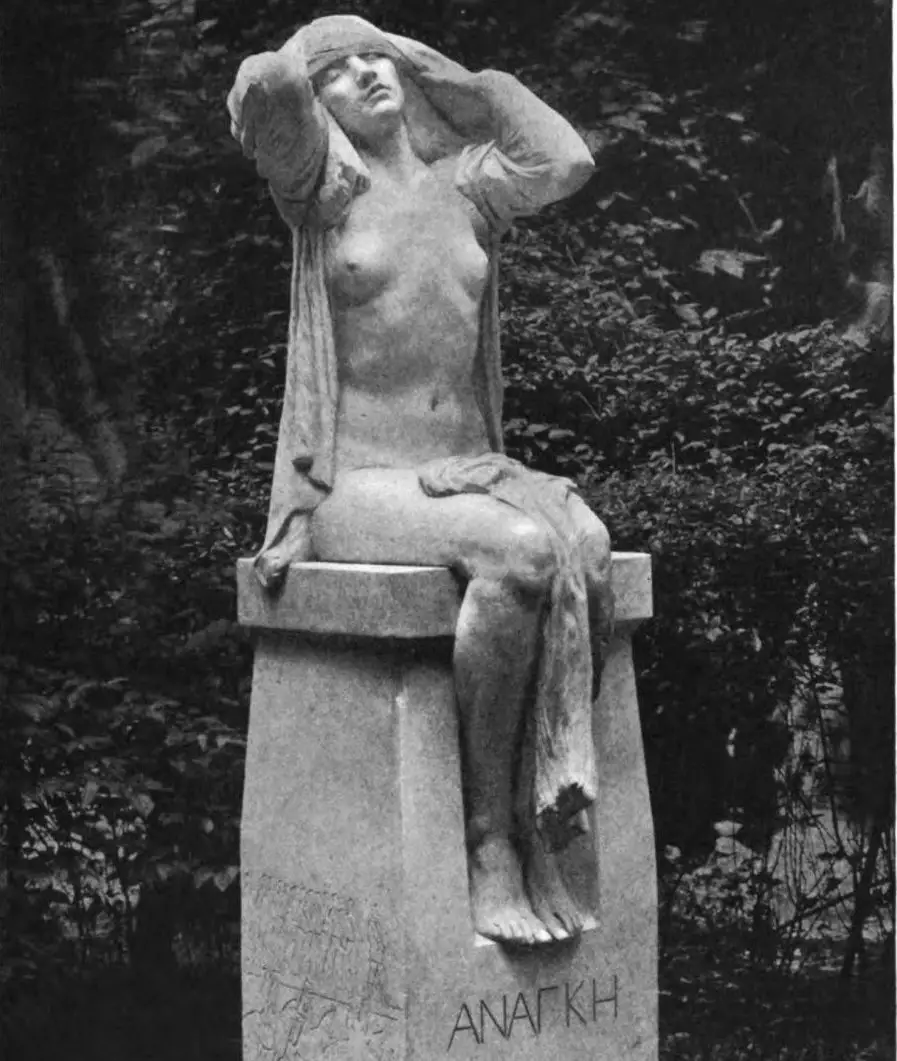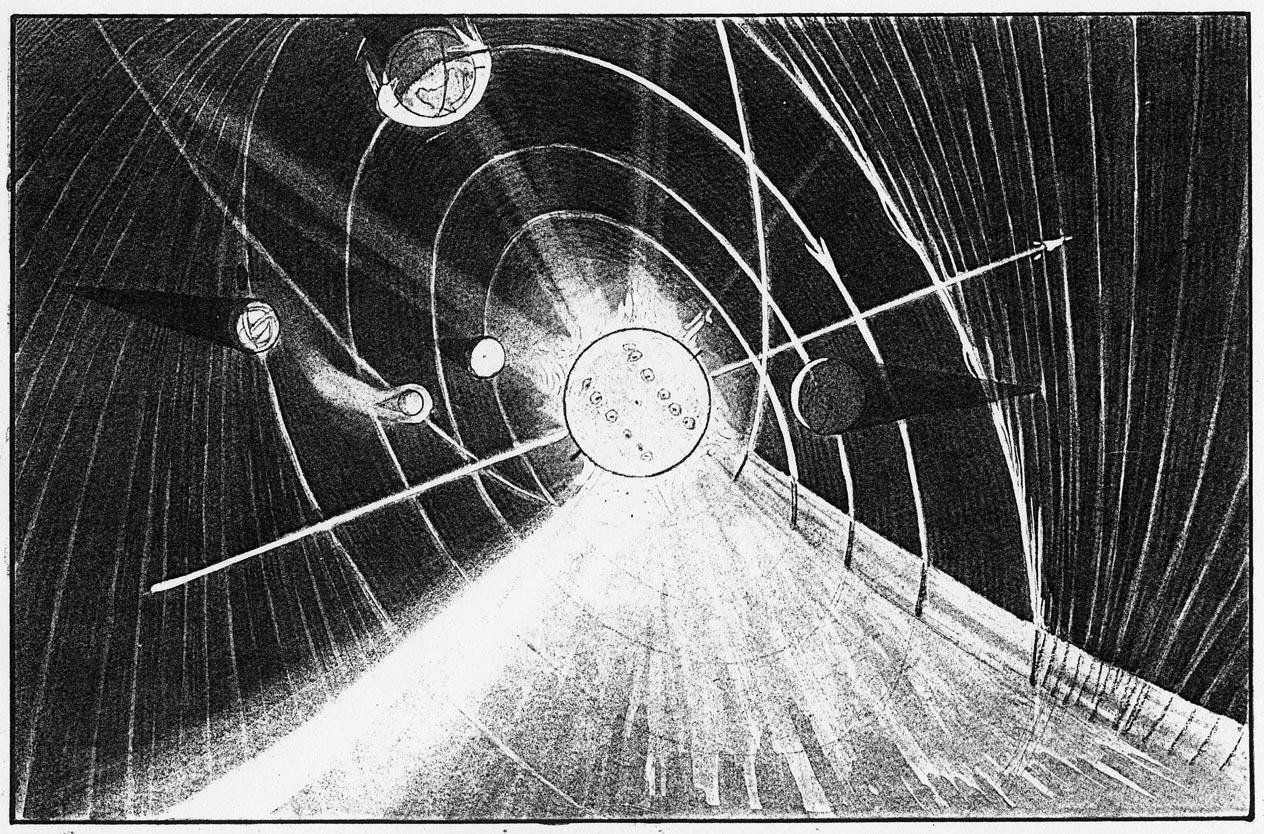Tag: Astrotheology
Live video: The time machine and archaic cosmotheology, with Andrea Casella
Next Wednesday 18 January, starting at 21:30, we will present the second paperback of our series on our YouTube channel "Hèsperos: European Traditions & Myths“, of which we opened presales at the Winter Solstice and which will be available from February: The time Machine. Essay on Archaic Cosmotheology by Andrea Casella.
The Berber people: between caravans, deserts and oases
- Imazighhen (ⵉⵎⴰⵣⵉⵖⴻⵏ, "free men") they are probably one of the most authentic, long-lived and interesting cases of a nomadic population that has come down to our times. Better known as Berberi (as called al-barbar by the Arabs), are the last nomadic population currently present in the geographical area of the Sahara. Little is known about them except information that comes to us from the chronicles of the empires and kingdoms (then dissolved over the centuries) that have had to do with them for geographical proximity and economic reasons (Egyptians and Romans (in primis)).
G. de Santillana: “History to be rewritten”. Reflections on "Ancient Fate" and "Modern Affliction"
(image: Gilbert Bayes, ananke, sculpture)
Extract from the essay by Giorgio de Santillana «History to rewrite", Written in 1968 and published the following year by the Massachusetts Institute of Technology, later (1985) translated and published in Italy by Adelphi in the collection of writings entitled"Ancient fate and modern fate».
Preface and notes by Marco Maculotti. Our italics.
Hanns Hörbiger: the theory of Cosmic Ice
Taken from Louis Pauwels and Jacques Bergier «The morning of the wizards», Part II, chap. YOU
Ice and fire, repulsion and attraction fight eternally in the Universe. This struggle brings about life, death and the perpetual rebirth of the cosmos. A German writer, Elmar Brugg, wrote a work in praise of Hörbiger in 1952, in which he says:
“None of the doctrines that explain the Universe brought into play the principle of contradiction, of the struggle of two opposing forces, which nevertheless the soul of man has been feeding on for millennia. Hörbiger's undying merit is in powerfully resurrecting the intuitive knowledge of our ancestors through the eternal conflict of fire and ice, sung by the Edda. He exposed this conflict in the eyes of his contemporaries. He gave the scientific basis to this grandiose image of the world linked to the dualism of matter and force, of the repulsion it disperses and the attraction it unites. "
Guido von List and the magical-religious tradition of the Ariogermans
At the turn of the nineteenth and twentieth centuries, using an approach halfway between the anthropological and the occult, the Viennese scholar Guido von List attempted a reconstruction of the Germanic Urgrund, analyzing the more esoteric aspects of the cosmogony and pre-Christian religion of the ancient Central European peoples .
di Marco Maculotti
A cosmogonic reading of the pantheon of the Mexica tradition, in a perspective of religious syncretism
The Aztec religion is a Mesoamerican religion that combines elements of polytheism, shamanism and animism, as well as aspects related to astronomy and the calendar. Aztec cosmology divided the world into three levels: an upper one, seat of the celestial gods, a lower one, seat of the underworld powers, and a middle one, in which the human consortium lives, equidistant from the gods and demons of nature and the subsoil. The concept of Theotl it is fundamental in the Aztec religion. In language Nahuatl it is often considered synonymous with "God", even if, to be more precise, it refers to a more general concept, which refers to the immaterial dynamic energy of divinity (tona), similar to the Polynesian concept of mana. As the Tapas of the Indo-Aryans, this tona it is not always beneficial, since an overabundance of it brings death and destruction [Torres 2004, p.14].







